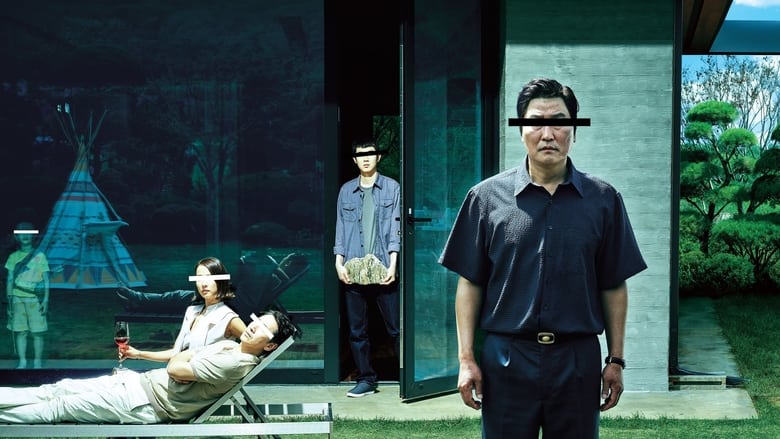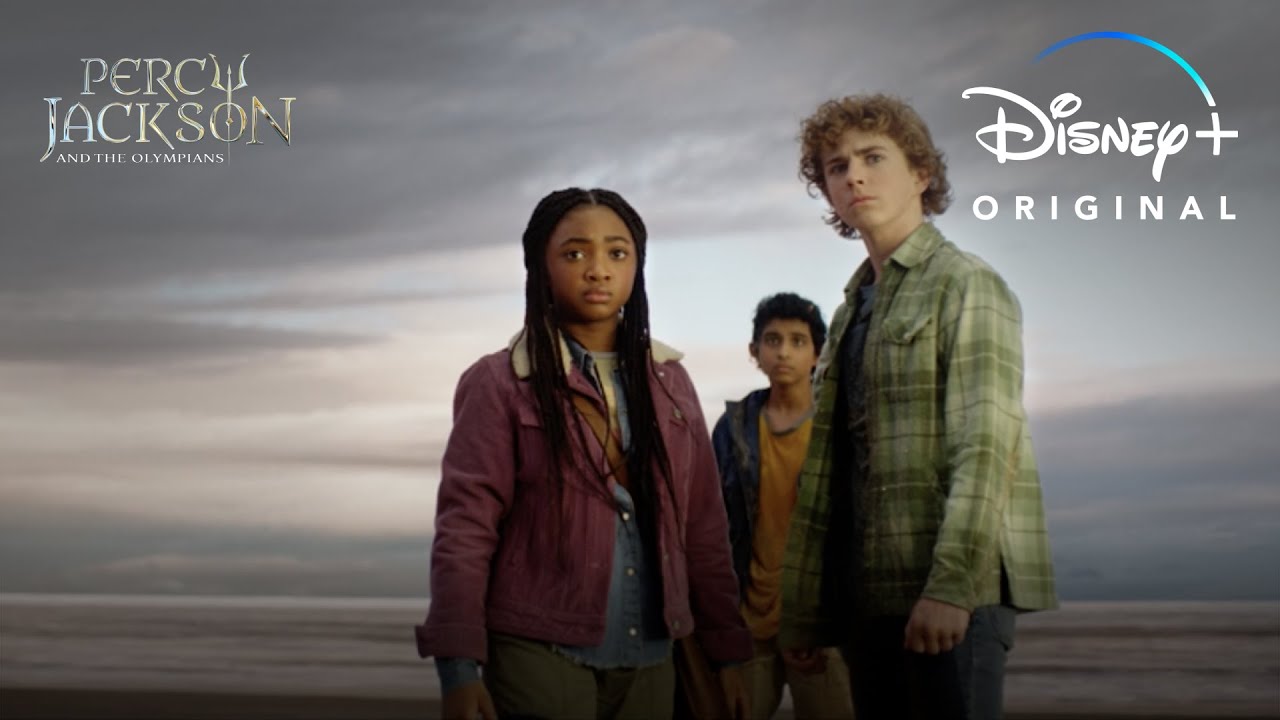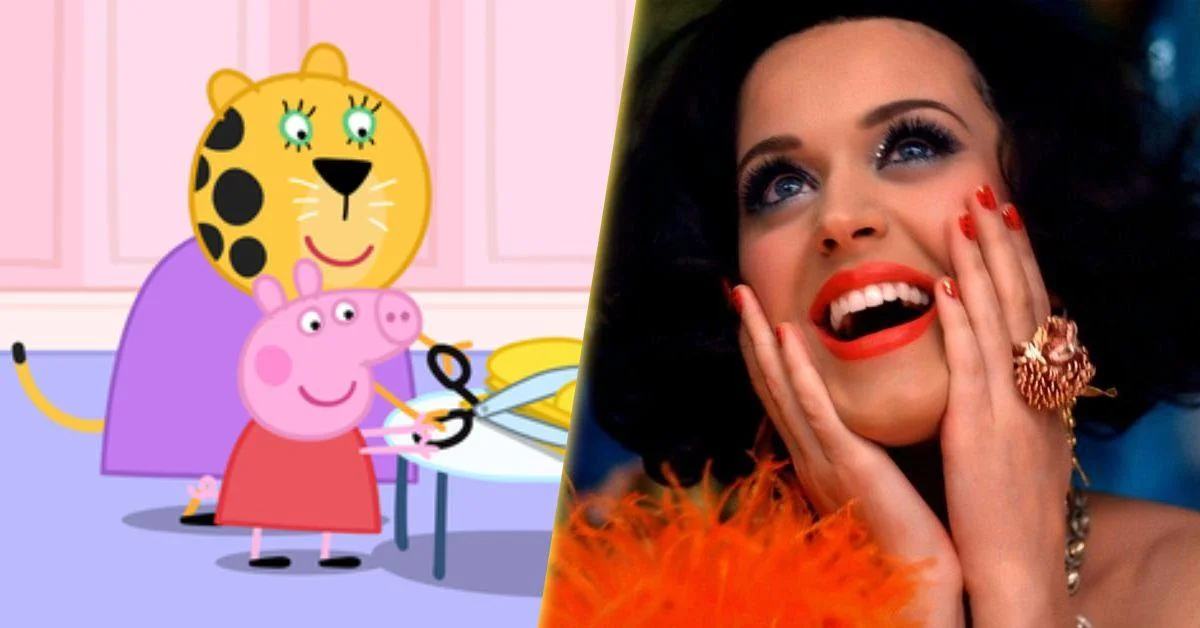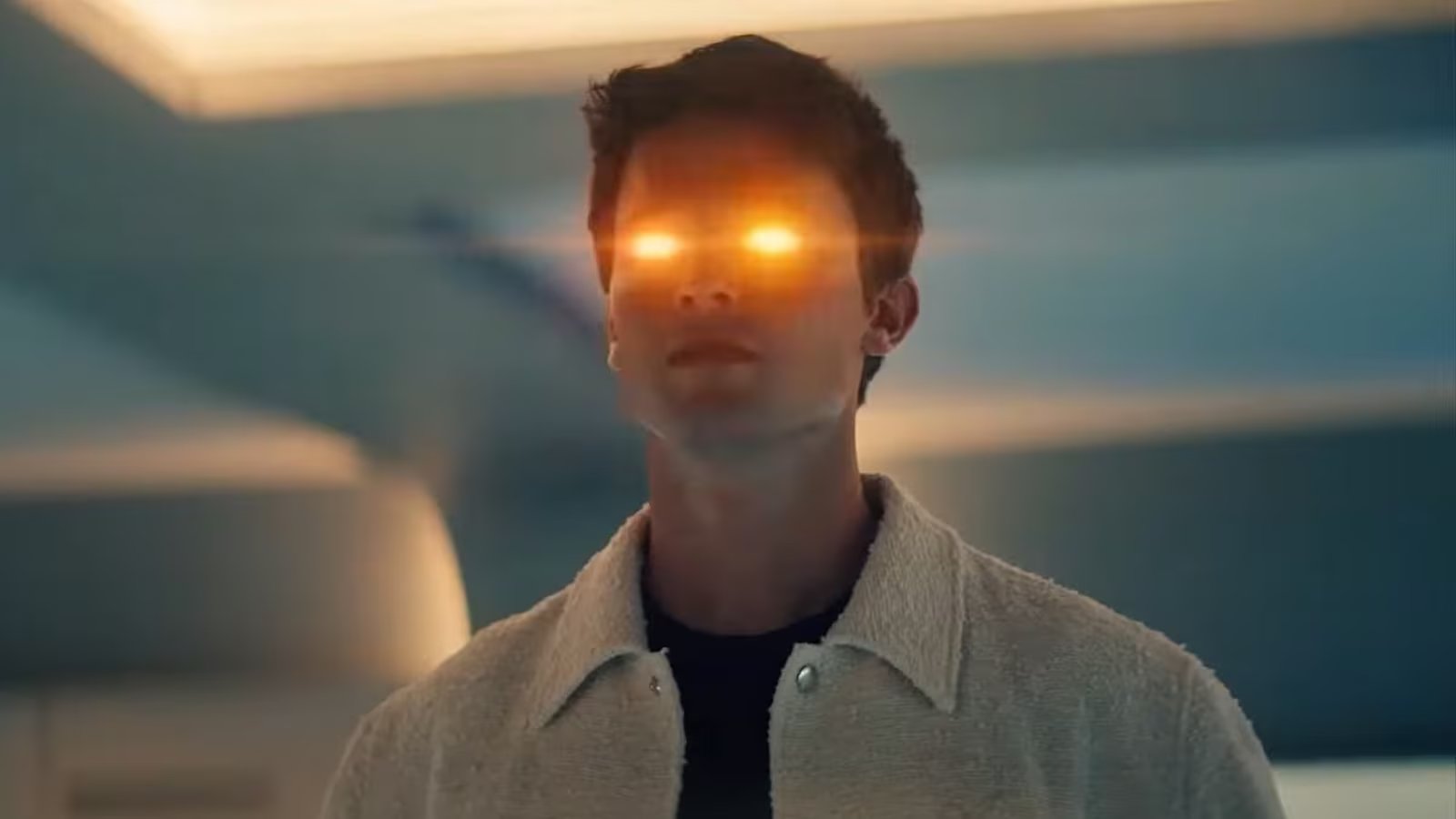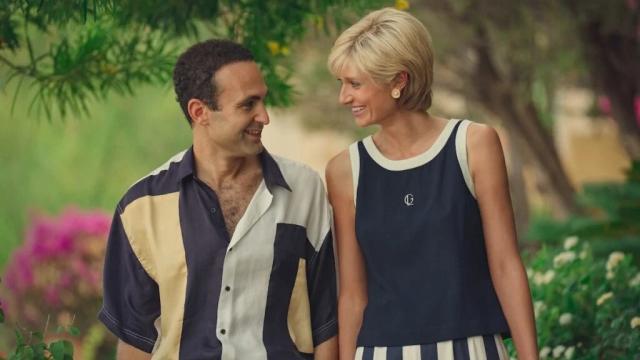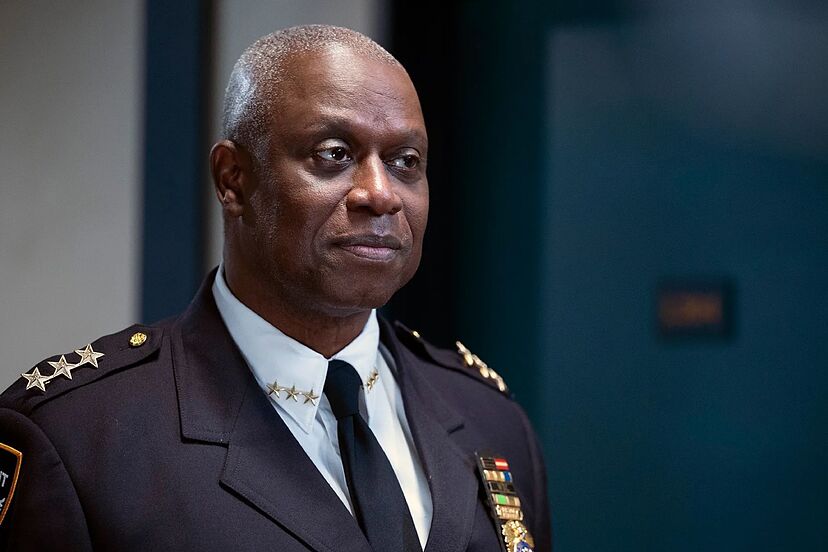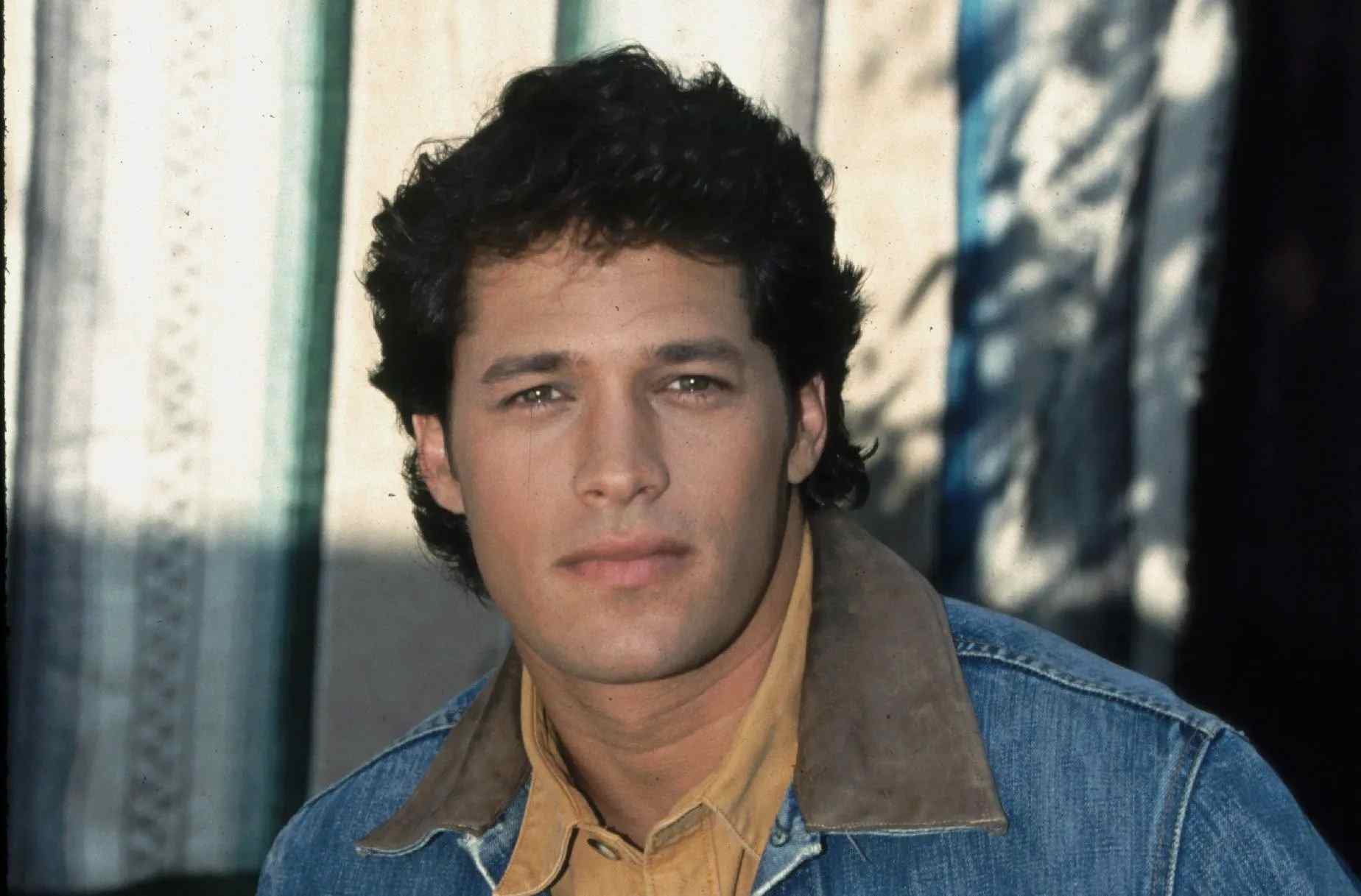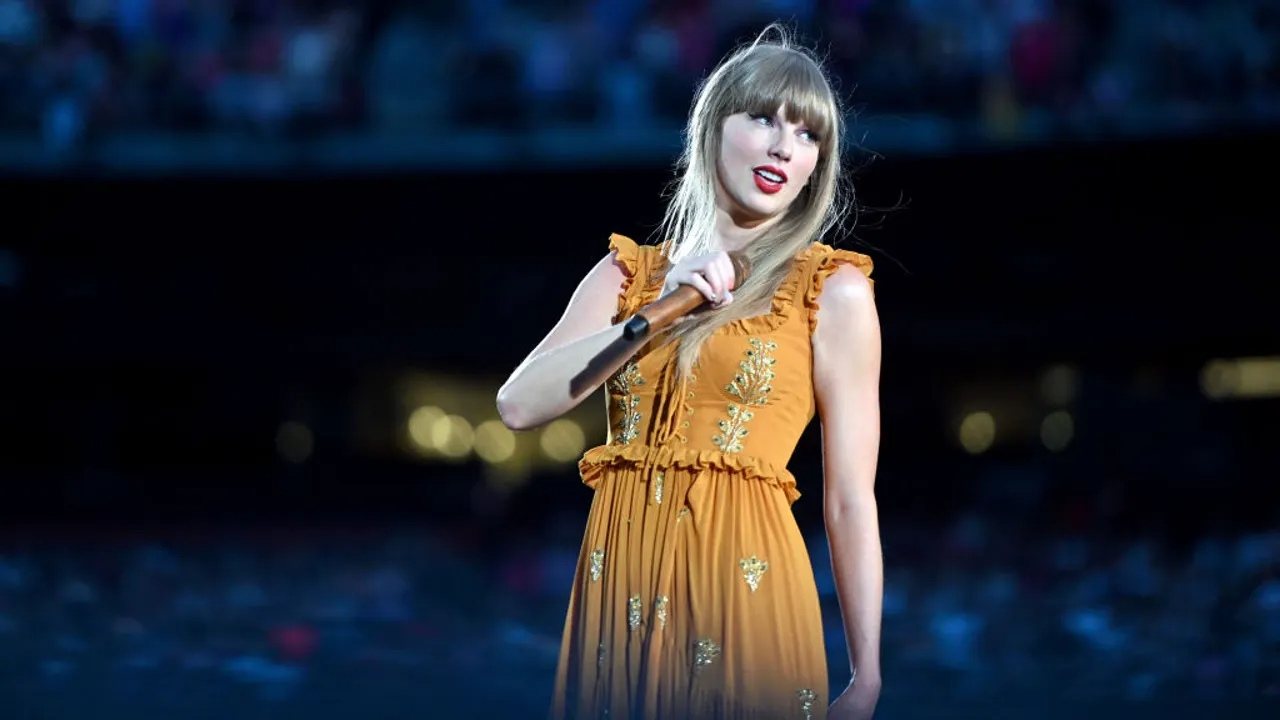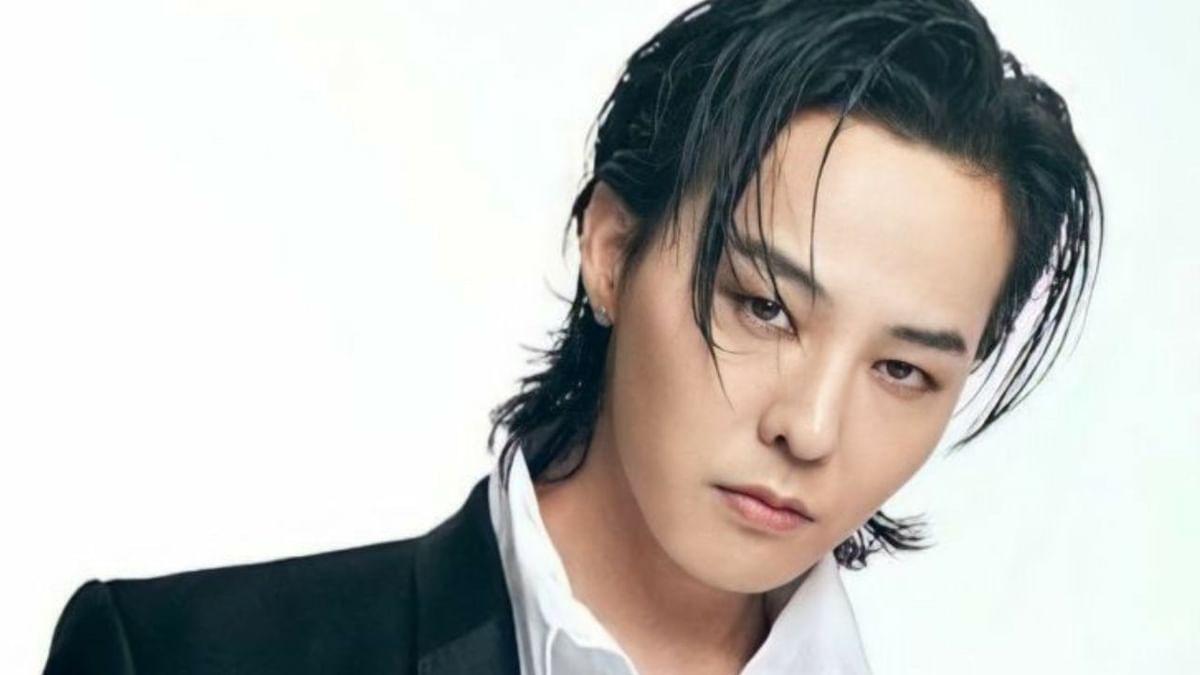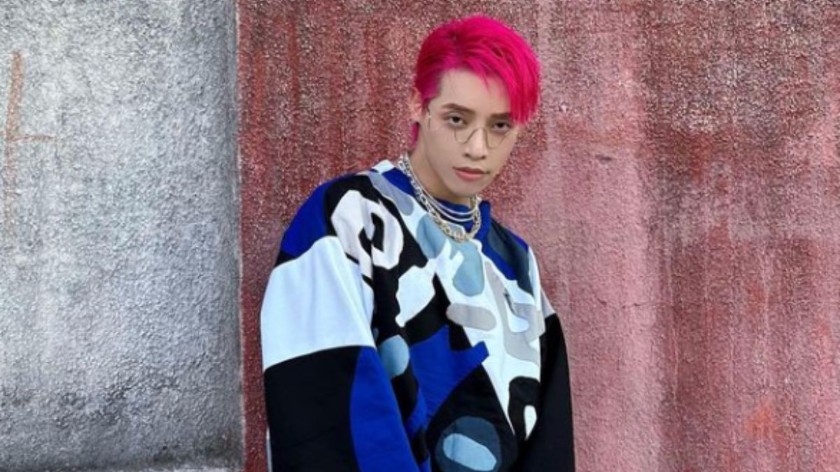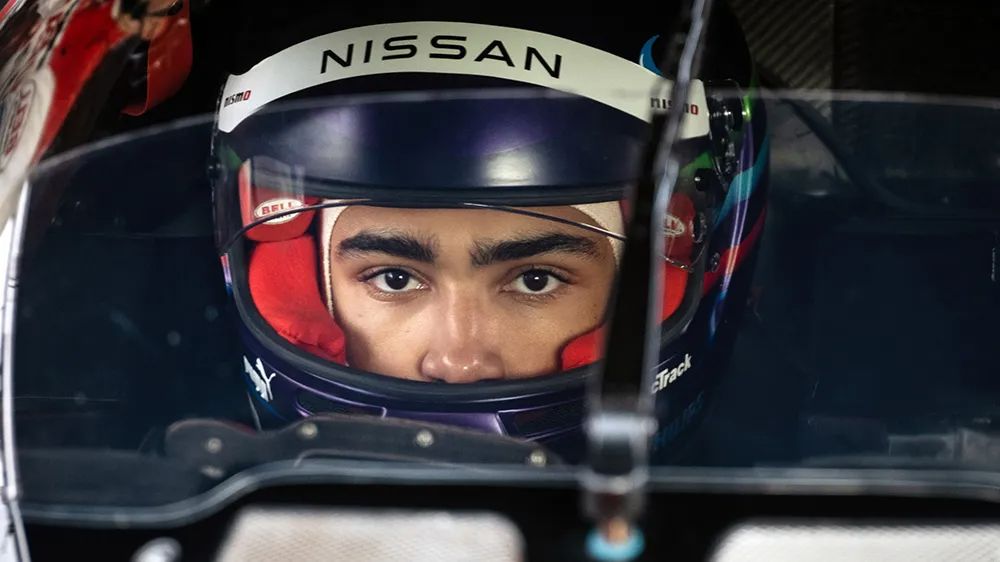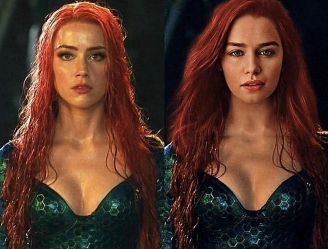What Changes In The One Piece Series Eiichiro Oda Did Not Like, Reveals Netflix
On August 31, 2023, Netflix released the highly anticipated One Piece Live-Action series, offering fans a fresh take on the beloved manga and anime. Eiichiro Oda, the mastermind behind the One Piece universe, is known for his unwavering dedication to preserving the essence of his creation. However, as we dive into the world of the Straw Hat Pirates in live-action, it becomes evident that not everything has remained faithful to Oda’s original vision. In this article, we’ll explore the key changes made in Netflix’s One Piece adaptation and the reasons behind these departures from the source material.
- Pacing and Character Introductions
One of the most noticeable departures from the source material in the One Piece Live-Action series is the pacing of character introductions. In the original manga and anime, Oda meticulously unveiled each character, allowing their personalities and roles to unfold gradually. However, Netflix’s adaptation opts for a quicker approach. Characters are introduced at a swifter pace, and some, like Garp, make appearances much earlier in the live-action storyline than in the manga and anime counterparts.
The choice to expedite character introductions can be seen as a necessity in the context of live-action production. The vastness of the One Piece world demands a streamlined approach, ensuring that essential characters don’t remain hidden for too long. This pacing change also sets the stage for a more dynamic and engaging narrative, enticing both longtime fans and newcomers to the series.
2. Adapting for a New Medium
Adapting a complex and extensive series like One Piece for live-action presents unique challenges. The original manga spans over a thousand chapters, and the anime boasts over a thousand episodes. To condense this expansive world into a digestible live-action format, certain adjustments are inevitable.
The decision to introduce characters earlier in the live-action series is not necessarily a detriment. It serves the purpose of streamlining the narrative for a new audience while maintaining the essence of the story. Additionally, this approach allows for a more dynamic and engaging storytelling experience.
3. Building a Stronger Narrative Structure
While some fans may have reservations about the changes, Steven Maeda, the co-showrunner of One Piece Live-Action, explains that many of the alterations were made with the intention of creating a more solid narrative structure. Certain characters were introduced earlier to increase their significance in the storyline and to heighten the stakes.
For example, Vice Admiral Garp’s earlier introduction adds a palpable sense of threat and organization to the narrative. This change allows for a more formidable presence opposing the Straw Hat Pirates from the very beginning, amplifying the tension and excitement for viewers.
Another notable alteration involves the early introduction of Arlong, who traditionally appears much later in the manga. This strategic move positions Arlong as the primary antagonist for the first season, creating a cohesive and engaging storyline.
These changes were carefully considered to benefit the future of the series. As One Piece Live-Action paves the way for potential future seasons, these departures from the source material set the stage for intriguing storylines and character development down the line.
While the One Piece Live-Action series undeniably deviates from some aspects of the manga, it’s important to view these changes within the context of adaptation. Adapting a revered and sprawling series like One Piece for a new medium requires a delicate balance between honoring the source material and making necessary alterations for the medium’s demands.
The accelerated character introductions in the live-action series might be a departure from the manga’s pacing, but they also serve to create a distinct and engaging experience for viewers. Ultimately, the success of the One Piece Live-Action series will depend on its ability to capture the spirit of Oda’s world while delivering a fresh and compelling narrative tailored to the medium of live-action. As fans embark on this new adventure, it’s essential to appreciate the adaptation for what it is—a reimagining of an enduring and cherished story.
Netflix’s One Piece Live-Action adaptation, despite its adherence to Eiichiro Oda’s vision, introduces notable changes in character pacing and narrative structure. These alterations were made with a deliberate intent to enhance the live-action experience while preserving the essence of the beloved series. Eiichiro Oda’s active involvement in the production ensures that the heart of One Piece remains intact, ultimately aiming to satisfy both dedicated fans and newcomers to the franchise. As the live-action series sets sail into uncharted waters, it leaves room for exciting possibilities and future adventures in the world of One Piece.
Also Read: Harry Potter And The Sorcerer’s Stone “Uncorrected Proof Copy” Auctioned For Over USD20,000


